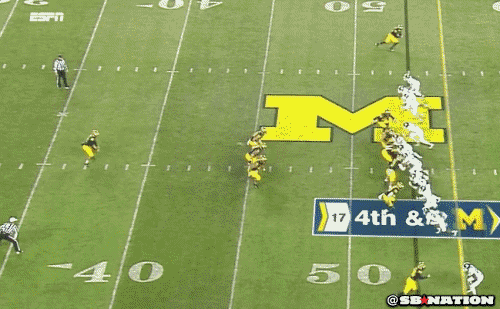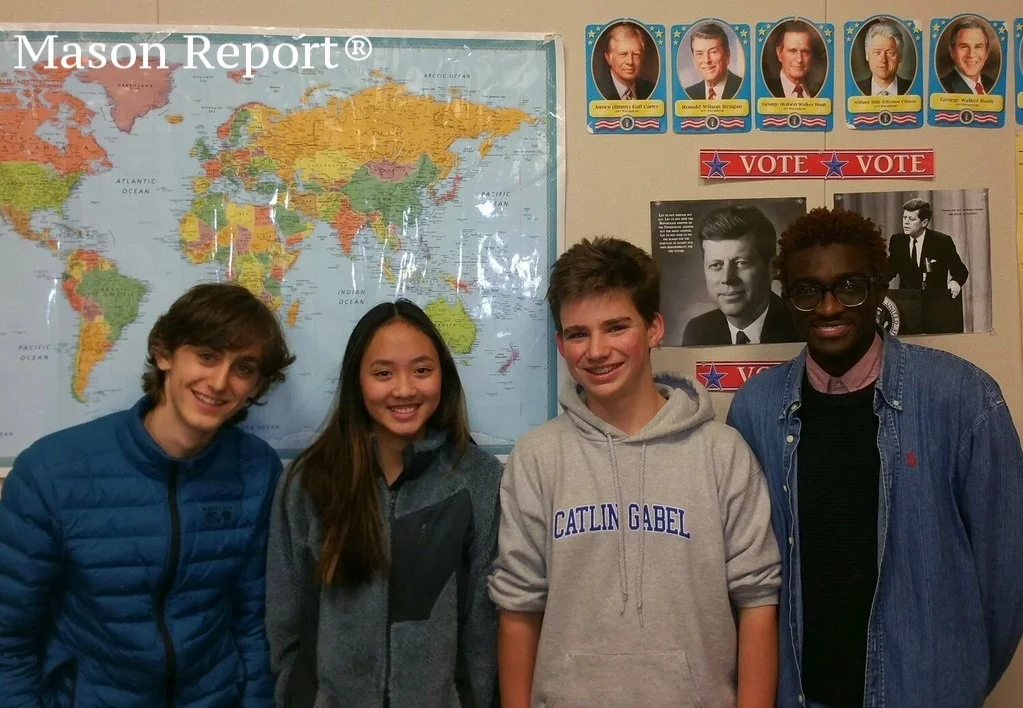Great Migration
Great Migration 1915? - 1970?
The Great Migration is a period in U.S. history when over six million Black people became refugees as they fled the South for safer northern, Midwest, and western states. Despite the ratification of the Fourteenth Amendment, Black people were just as (and in some circumstances even more) susceptible to injustice and violence.
During Jim Crow, white southerners perpetrated countless atrocities against Black people with impunity. With the resurrection of the Klan and white supremacist sentiments abounding, Black Americans were under constant threat of death. Most law enforcement agencies knew about the lynchings and ignored them or participated. Thus, the government promulgated and encouraged the terror, necessitating the departure of Black people seeking safe haven.
As Isabel Wilkerson, author of “The Warmth of Other Suns: The Epic Story of America’s Great Migration,” notes in the Smithsonian Magazine,
“The migration began, like the flap of a sea gull’s wings, as a rivulet of black families escaping Selma, Alabama, in the winter of 1916. Their quiet departure was scarcely noticed except for a single paragraph in the Chicago Defender, to whom they confided that “the treatment doesn’t warrant staying.” The rivulet would become rapids, which grew into a flood of six million people journeying out of the South over the course of six decades. They were seeking political asylum within the borders of their own country, not unlike refugees in other parts of the world fleeing famine, war and pestilence.”
The Black exodus, or Great Migration, led to substantial social change. The cities of Chicago, New York, Philadelphia, and Detroit grew exponentially. In one decade, New York City grew 66 percent, Chicago grew 148 percent, Philadelphia grew 500 percent, and Detroit grew 611 percent.
The sheer number of people involved was great, but also, the individuals involved contributed to Black Americans gaining political and cultural influence in major northern, midwestern, and western cities. With this newfound influence and social capital, Black Americans were able to confront the racial prejudices experienced more safely. In addition to the inclusion of Black voices in political arenas, Black culture was infused into the bloodstream of America through the Harlem Renaissance.
The largest benefactor of the Great Migration was the Civil Rights Movement. The migration forged a revitalized pride in Blackness. After years of disenfranchisement and white supremacist terror, Black politicians, artists, merchants, and activists demanded equal treatment before the law.
























